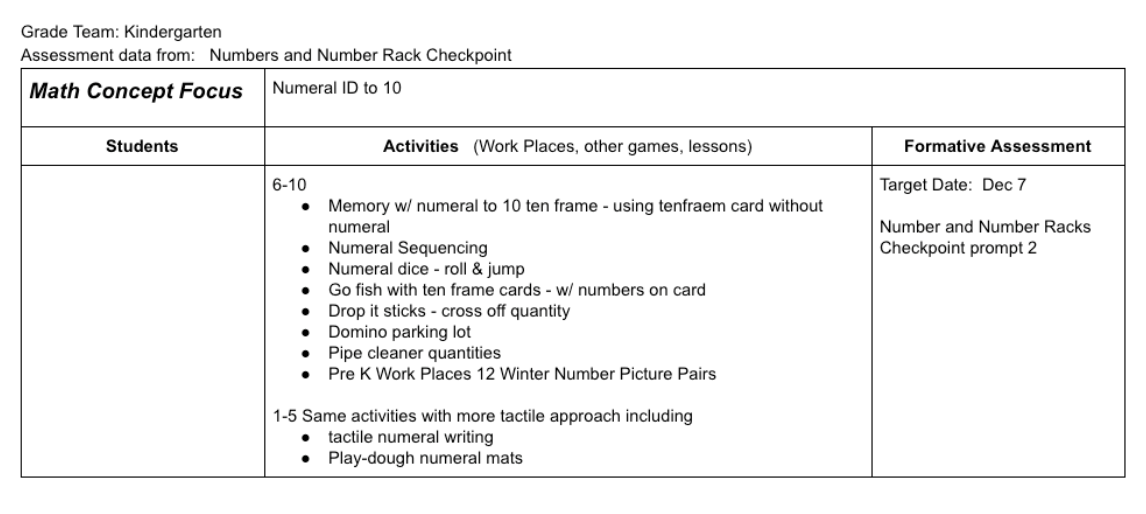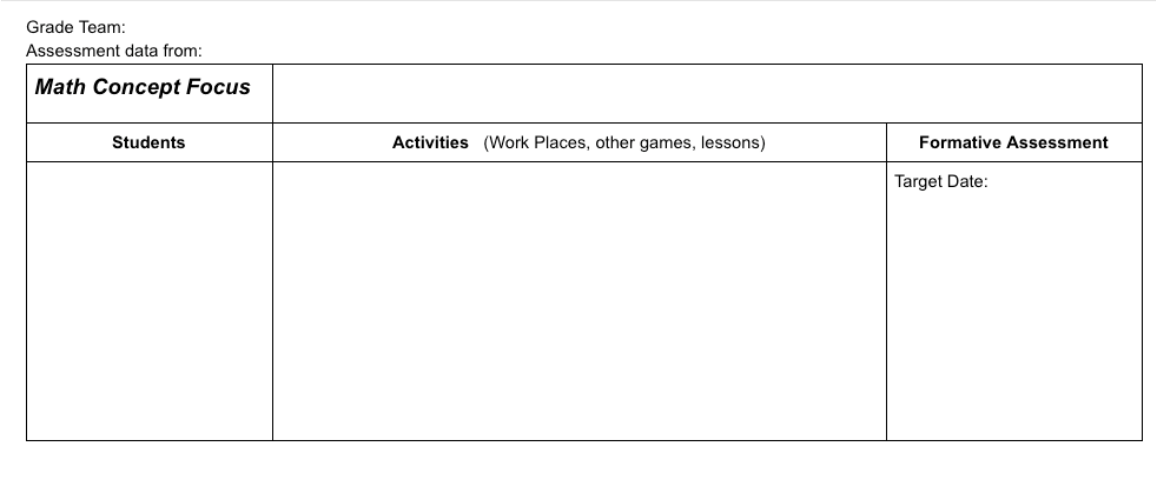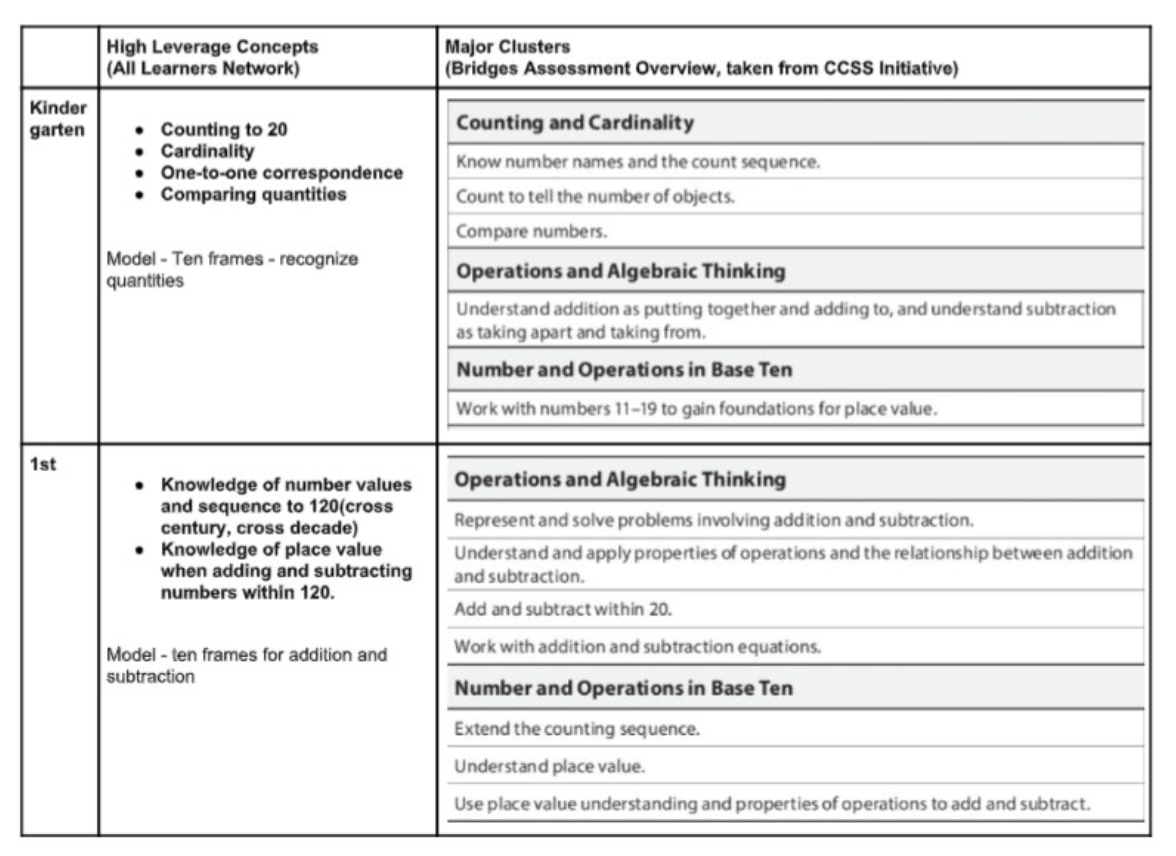
Using Work Places in Bridges to Differentiate and Support All Learners
The blog is back from the holidays with a piece from Essex Westford School District on a topic that has come up numerous times in ALN meetings and workshops. How can I use Bridges for Differentiation? Here is how one district responded to this question.
Using Work Places in Bridges to Differentiate and Support All Learners
Betsy Allen, Essex Westford School District Math Coach
Essex Elementary School adopted the Bridges Program this school year. Previously we constructed our lessons guided by our curriculum Frameworks. Teachers made individual choices for lessons and grade level teams worked together on assessments and best practices. Some teachers also used stations or math menus. As we completed units we moved on to the next content focus. I wondered how could we could use this new program to address the varying needs of our students within the classroom or within the grade level, without adding more to the workload of our colleagues. Erica Moy, our math interventionist, works with K-2 classes to address some of our Tier 2 student needs. She and I are involved with the All Learners Network and wanted to find a way to bring this philosophy of focus and research to our teachers without overwhelming them.
We began by making connections to the Common Core and to Bridges. Achieve the Core has created a document that identifies the Major, Supporting, and Additional Clusters of standards for each grade. Bridges uses that information to guide teachers in attending to the major focus areas of their grade level. Erica and I analyzed the High Leverage Concepts with those documents as a way to support the HLC work of the All Learners Network (see the document below). Our goal was to help teachers answer the question: “How do we ensure all students have the essential math skills to be successful in the next grade? What are those essential skills?” This was our link for introducing the All Learners Network High Leverage Concepts with our Bridges program in a school wide workshop. We were able to show that a focus on the High Leverage Concepts was supported by both national standards and our current curriculum.
After sharing the Alignment document we asked grade level teams to identify a specific essential skill that some students are struggling with. They used data from Bridges Checkpoints, unit assessments, classroom observations, and High Leverage Assessments (kindergarten only had this data) to identify students for intervention instruction.
The next step was getting down to the real work of finding and organizing resources for reteaching. Teams worked together to create a menu of games and lessons along with a formative assessment to progress monitor students.

Teams were given a template to record their plans, like the ones above.

The idea of differentiation using menu, or Work Places, fits well with the Bridges program. Some teachers pulled their intervention group first while the rest of class proceeded to work places; some teachers squeezed in intervention at other times during the day; some teachers worked together to share students across classrooms; and some students received services from special educators or Erica, our interventionist. We are trying to “catch” struggling students and support them with intention. We know the power of “With Math I Can Do Anything!” And that all students need the opportunities to succeed.
Alignment Document





